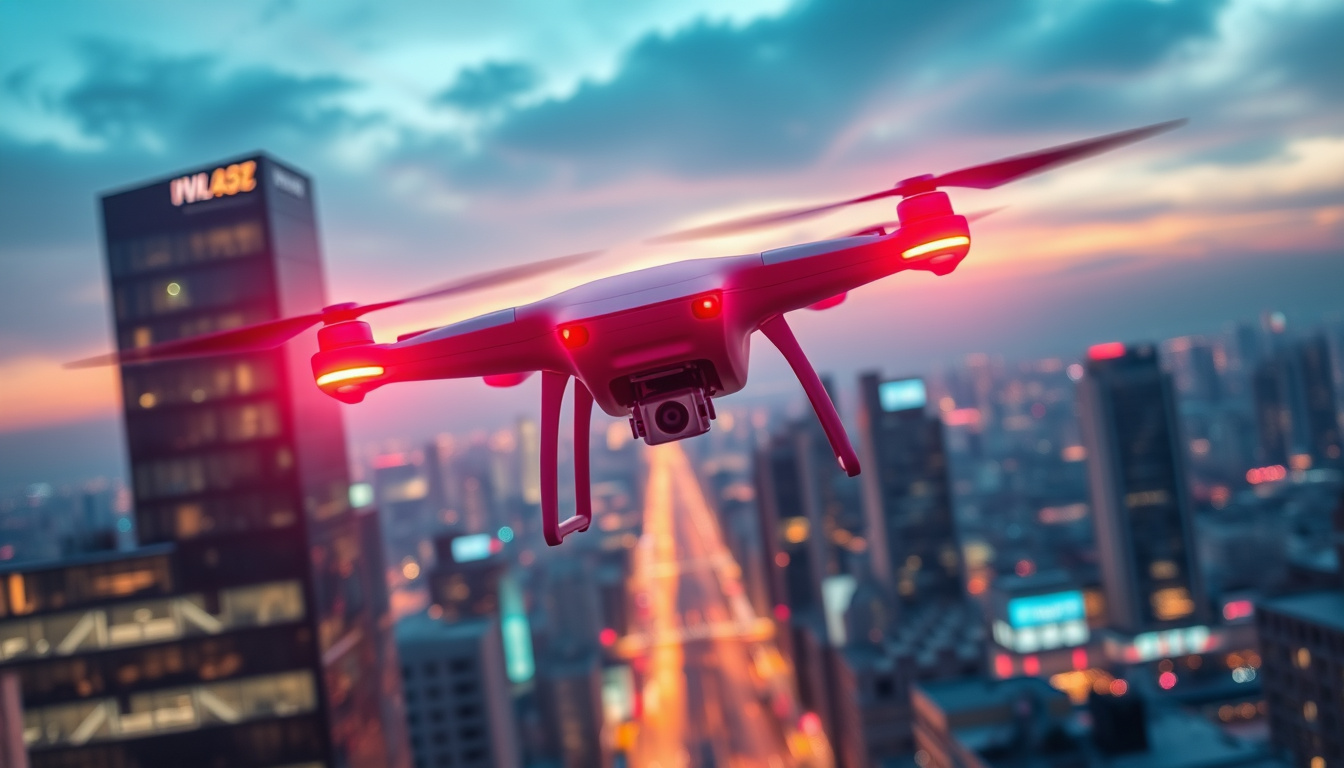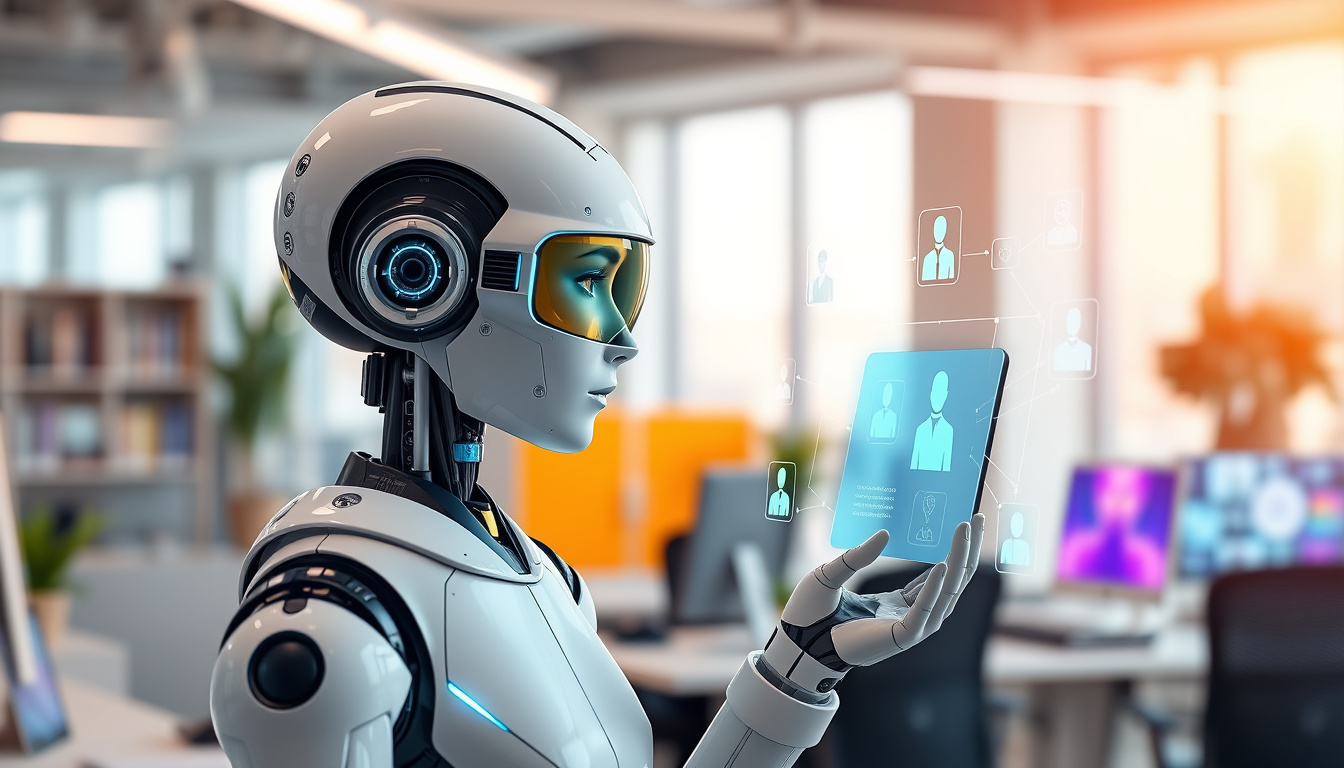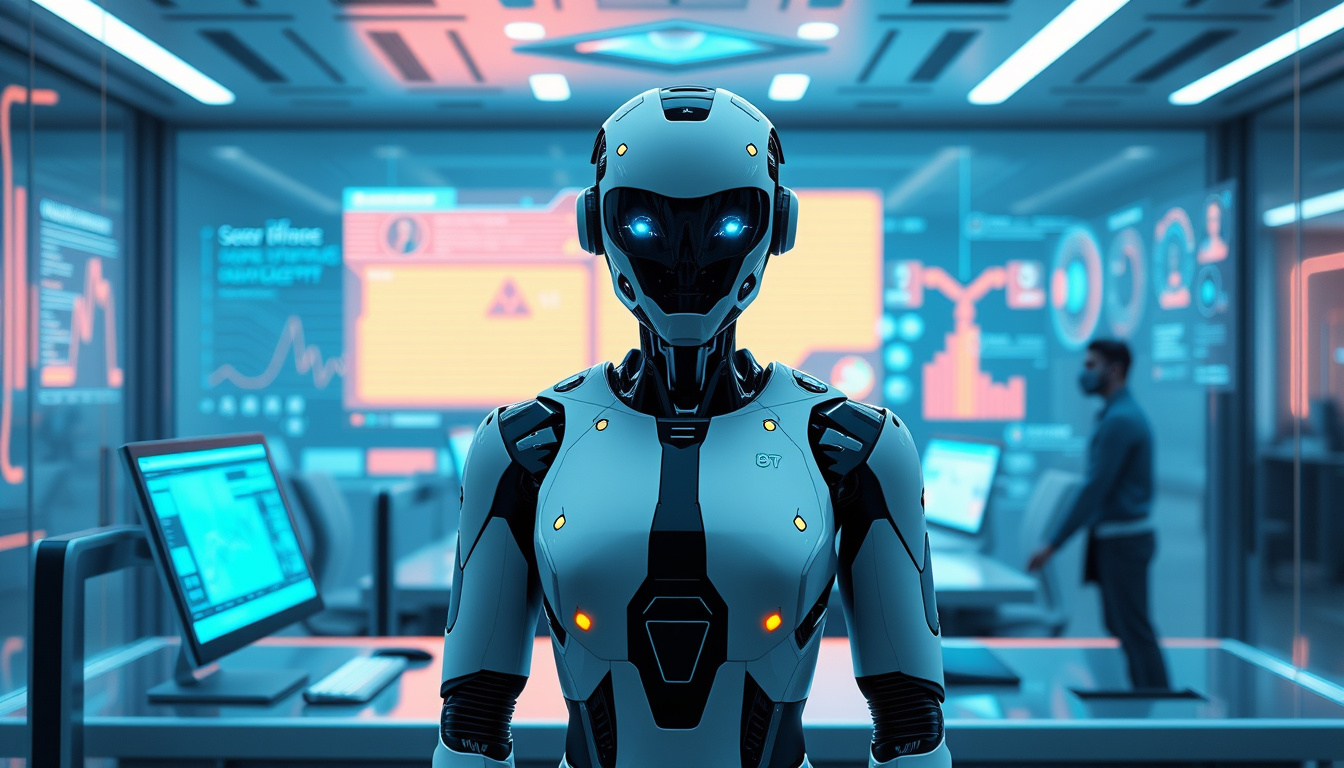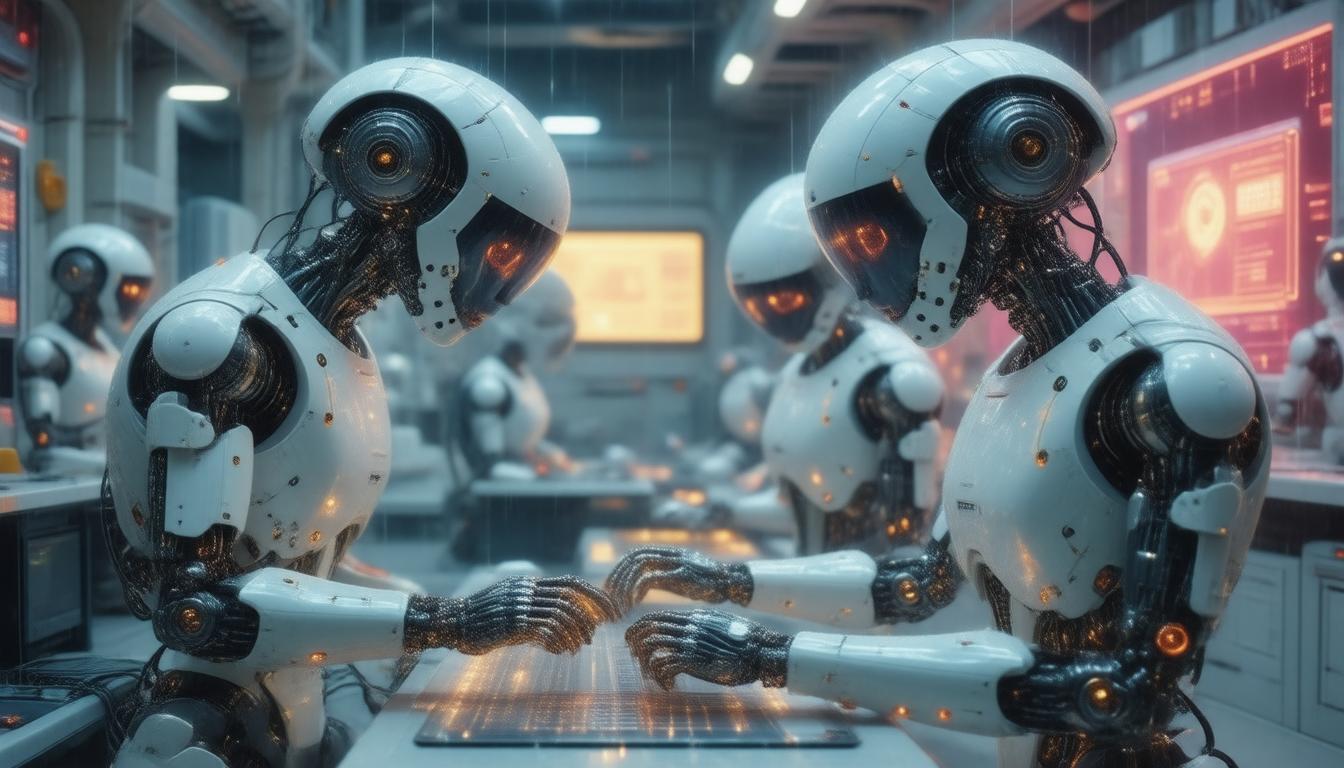In the rapidly evolving landscape of technology, smart autonomous agents are becoming a pivotal force driving innovation and transforming various industries. These intelligent systems, capable of performing tasks without human intervention, are not only enhancing efficiency but also enabling new possibilities that were once considered science fiction. From artificial intelligence in everyday gadgets to complex decision-making in industrial applications, smart autonomous agents are revolutionizing modern technology trends by providing adaptive, responsive, and scalable solutions.
What Are Smart Autonomous Agents?
Smart autonomous agents are software entities or robots equipped with artificial intelligence (AI) that can perceive their environment, make decisions, and execute tasks independently. Unlike traditional automated systems, these agents learn from experiences, adapt to changes, and collaborate with other agents or humans to achieve specific goals. They are used in various forms, including virtual assistants, self-driving cars, drones, and industrial robots.
The core features that define smart autonomous agents include:
- Perception: Ability to gather data through sensors or inputs.
- Decision-making: Utilizing AI algorithms to analyze data and determine actions.
- Action: Implementing decisions autonomously without human guidance.
- Learning and Adaptation: Improving performance over time by learning from interactions and feedback.
The Role of Smart Autonomous Agents in Modern Technology
Smart autonomous agents have become integral to many industries, reshaping how businesses operate and how consumers interact with technology. Their impact can be seen in several key areas:
1. Artificial Intelligence and Machine Learning Integration
Smart autonomous agents leverage AI and machine learning (ML) to enhance their cognitive capabilities. For instance, voice-activated assistants like Siri and Alexa operate as smart agents by processing natural language, interpreting user intent, and performing tasks accordingly. In complex environments, autonomous agents use predictive analytics and reinforcement learning to optimize their performance.
2. Automation in Industry 4.0
In manufacturing and logistics, smart autonomous agents enable automation that increases productivity and reduces errors. Industrial robots equipped with AI can adapt to changes in assembly lines, identify defects, and collaborate with human workers safely. Autonomous drones conduct inventory checks and transport goods, minimizing human labor and operational costs.
3. Autonomous Vehicles and Transportation
Self-driving cars and unmanned aerial vehicles (UAVs) are prime examples of smart autonomous agents disrupting transportation. These systems process enormous amounts of data in real time to navigate safely, avoiding obstacles and adapting to dynamic conditions. This technology promises to reduce accidents, improve traffic flow, and provide mobility solutions for underserved populations.
4. Smart Cities and IoT Applications
Smart autonomous agents are central to Internet of Things (IoT) frameworks, making cities more responsive and sustainable. They control traffic signals based on congestion data, manage energy consumption in buildings, and monitor environmental conditions. By automating routine functions and optimizing resources, these agents contribute to improved quality of urban life.
Advantages of Implementing Smart Autonomous Agents
The adoption of smart autonomous agents offers numerous benefits that are pushing organizations toward digital transformation:
- Increased Efficiency: Autonomous agents perform repetitive tasks with high accuracy and speed.
- Cost Savings: Reduced need for human labor lowers operational expenses.
- 24/7 Operation: Unlike humans, these agents can work continuously without breaks.
- Enhanced Safety: Autonomous systems can operate in hazardous environments, reducing risk to human workers.
- Scalability: Agents can easily be deployed across multiple platforms and environments.
- Continuous Learning: Machine learning capabilities enable agents to improve over time, adapting to new challenges.
Challenges and Ethical Considerations
Despite their transformative potential, smart autonomous agents also present several challenges:
- Complexity in Design: Creating truly autonomous systems that can handle unpredictable scenarios is difficult.
- Security Risks: Autonomous agents can be vulnerable to cyberattacks or manipulation.
- Unemployment Concerns: Automation may displace certain job categories, raising socio-economic issues.
- Ethical Decisions: Autonomous systems in sectors like healthcare or autonomous vehicles need transparent decision-making frameworks to handle moral dilemmas.
Addressing these challenges requires multidisciplinary cooperation among technologists, policymakers, and ethicists to ensure responsible development and deployment.
How Smart Autonomous Agents are Shaping Future Technology Trends
Looking ahead, smart autonomous agents are expected to deepen their influence across various domains. Here are some emerging trends:
Intelligent Personalization
Future autonomous agents will offer hyper-personalized experiences by continuously learning from user behavior. This could include tailored healthcare recommendations, personalized learning systems, and customized entertainment platforms.
Collaborative Multi-Agent Systems
Advancements in distributed AI will enable multiple autonomous agents to work together seamlessly. For instance, fleets of delivery drones could coordinate routes in real-time, or smart devices in a home could autonomously manage energy consumption collectively.
Integration with Edge Computing
By combining smart autonomous agents with edge computing, data processing can happen closer to the source, reducing latency and enhancing responsiveness. This is crucial for real-time applications like autonomous driving and industrial automation.
Enhanced Human-Agent Interaction
As natural language processing and emotional AI evolve, autonomous agents will interact with humans more intuitively, understanding emotions and context to provide support that feels natural and empathetic.
Practical Examples of Smart Autonomous Agents in Use Today
To understand the capabilities of smart autonomous agents, consider the following examples:
- Autonomous Delivery Robots: Companies like Starship Technologies use robots that navigate sidewalks to deliver food and packages autonomously in urban environments.
- Intelligent Financial Advisors: Robo-advisors analyze market data and user preferences to manage investment portfolios automatically.
- Healthcare Monitoring Systems: Autonomous agents track patient vitals, predict health risks, and notify caregivers as needed, improving patient outcomes.
- Adaptive Cybersecurity Solutions: Security systems powered by autonomous agents detect and respond to threats in real-time, evolving defenses without human intervention.
These examples demonstrate how smart autonomous agents are embedding themselves into daily life and business operations, underscoring their transformative potential.

Summary: Why Smart Autonomous Agents Matter
- Smart autonomous agents marry perception, decision-making, and action to function independently.
- They are key drivers in artificial intelligence, autonomous vehicles, industrial automation, and smart city initiatives.
- Benefits include better efficiency, cost reduction, and enhanced safety but come with ethical and security challenges.
- Future trends focus on personalization, multi-agent collaboration, edge computing integration, and more natural interactions.
- Real-world applications already illustrate their significant impact across sectors.
For companies and individuals invested in technology, understanding how these agents operate and evolve will be crucial to leveraging their advantages effectively.
Frequently Asked Questions (FAQ)
Q1: What industries benefit the most from smart autonomous agents?
Smart autonomous agents are particularly transformative in manufacturing, transportation, healthcare, and logistics. Their ability to automate complex tasks and adapt to changing conditions provides significant advantages in these sectors.
Q2: How do smart autonomous agents learn and improve over time?
These agents use machine learning techniques such as reinforcement learning, supervised learning, and unsupervised learning to analyze feedback from their actions and environment. This process helps them optimize future decision-making and performance.
Q3: Are smart autonomous agents safe to use in everyday applications?
When designed with robust safety protocols, fail-safes, and proper ethical guidelines, smart autonomous agents can operate safely. However, ongoing oversight and regulation are essential to manage risks associated with autonomy.
Authoritative External Source
For further insights into how smart autonomous agents are shaping the future, refer to the World Economic Forum’s report on AI and future workforce transformations, which delves into automation and autonomous systems in depth (source).
Conclusion: Embrace the Future with Smart Autonomous Agents
Smart autonomous agents represent a leap forward in the technology revolution, blending artificial intelligence with independent operation to redefine how we live and work. Whether enhancing efficiency, enabling new services, or tackling complex challenges, these agents are set to be at the core of future innovations. Businesses and individuals who proactively engage with this technology stand to gain competitive advantages and unprecedented capabilities.
Are you ready to explore the possibilities of smart autonomous agents in your industry or daily life? Start by integrating these intelligent systems today, and position yourself at the forefront of modern technology trends that will define tomorrow.




